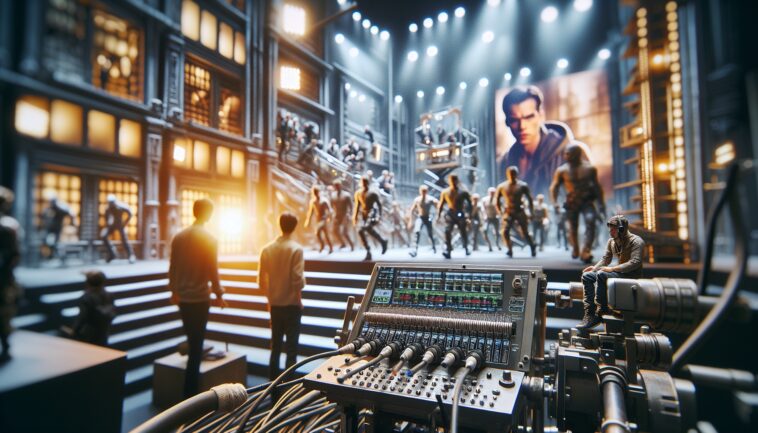Table of Contents
In recent years, renowned filmmaker James Cameron has undergone a significant transformation in his perspective on artificial intelligence (AI) and its role in the film industry. Once a skeptic, Cameron now advocates for the integration of AI into Hollywood, particularly in the realm of visual effects (VFX).
His journey reflects a broader conversation about the intersection of technology and creativity in modern cinema.
Understanding the AI landscape
Cameron’s involvement with Stability AI, a leading AI research company, marks a pivotal moment in his career. On the “Boz to the Future” podcast, he elaborated on his motivations for joining the board, emphasizing the need to grasp the intricacies of AI development.
He stated, “The goal was to understand the space, to understand what’s on the minds of the developers.” This proactive approach highlights his commitment to staying ahead in a rapidly evolving industry.
As Hollywood grapples with rising production costs, Cameron believes that AI can be a game-changer.
He argues that the technology can streamline workflows, allowing VFX artists to complete projects more efficiently without sacrificing quality. By enhancing productivity, filmmakers can focus on creating compelling narratives rather than getting bogged down by labor-intensive tasks.
The necessity of AI in filmmaking
Cameron’s vision for AI in filmmaking is not merely about cost-cutting; it’s about preserving the essence of storytelling. He passionately argues that to continue producing the visually stunning films audiences crave, the industry must adapt. “If we want to continue to see the kinds of movies that I’ve always loved and that I like to make, we’ve got to figure out how to cut the cost of that in half,” he explained.
This sentiment resonates with many filmmakers who are eager to explore innovative solutions to meet audience expectations.
Moreover, Cameron emphasizes that AI should not replace human creativity but rather enhance it. He believes that the technology can alleviate mundane tasks, allowing artists to focus on more creative aspects of their work.
This perspective aligns with the growing trend of using AI as a collaborative tool rather than a replacement for human talent.
Addressing concerns about AI in Hollywood
Despite his enthusiasm for AI, Cameron acknowledges the concerns surrounding its implementation in Hollywood. Many industry professionals fear that AI could undermine the creative process or lead to job losses. However, Cameron argues that these fears stem from misunderstandings about the technology’s potential. He asserts, “A lot of the hesitation in Hollywood are issues of the source material for the training data and who deserves what and copyright protection.” By shifting the focus from fear to understanding, he believes the industry can harness AI’s capabilities responsibly.
Furthermore, Cameron emphasizes the importance of legal frameworks to manage AI’s impact on the industry. He advocates for regulations that prioritize the output of AI-generated content while allowing for creative freedom in the input process. This balanced approach could pave the way for a future where technology and creativity coexist harmoniously.
The future of AI in filmmaking
As the conversation around AI in Hollywood continues to evolve, Cameron’s insights provide a valuable perspective on the potential benefits and challenges of this technology. His journey from skepticism to advocacy serves as a reminder that embracing innovation is crucial for the future of filmmaking. By leveraging AI to enhance creativity and streamline production processes, filmmakers can continue to captivate audiences with compelling stories and stunning visuals.
In a world where technology is rapidly advancing, James Cameron stands at the forefront of a movement that seeks to redefine the boundaries of storytelling. As the film industry navigates this new landscape, his vision for a collaborative relationship between AI and human creativity may very well shape the future of cinema.




